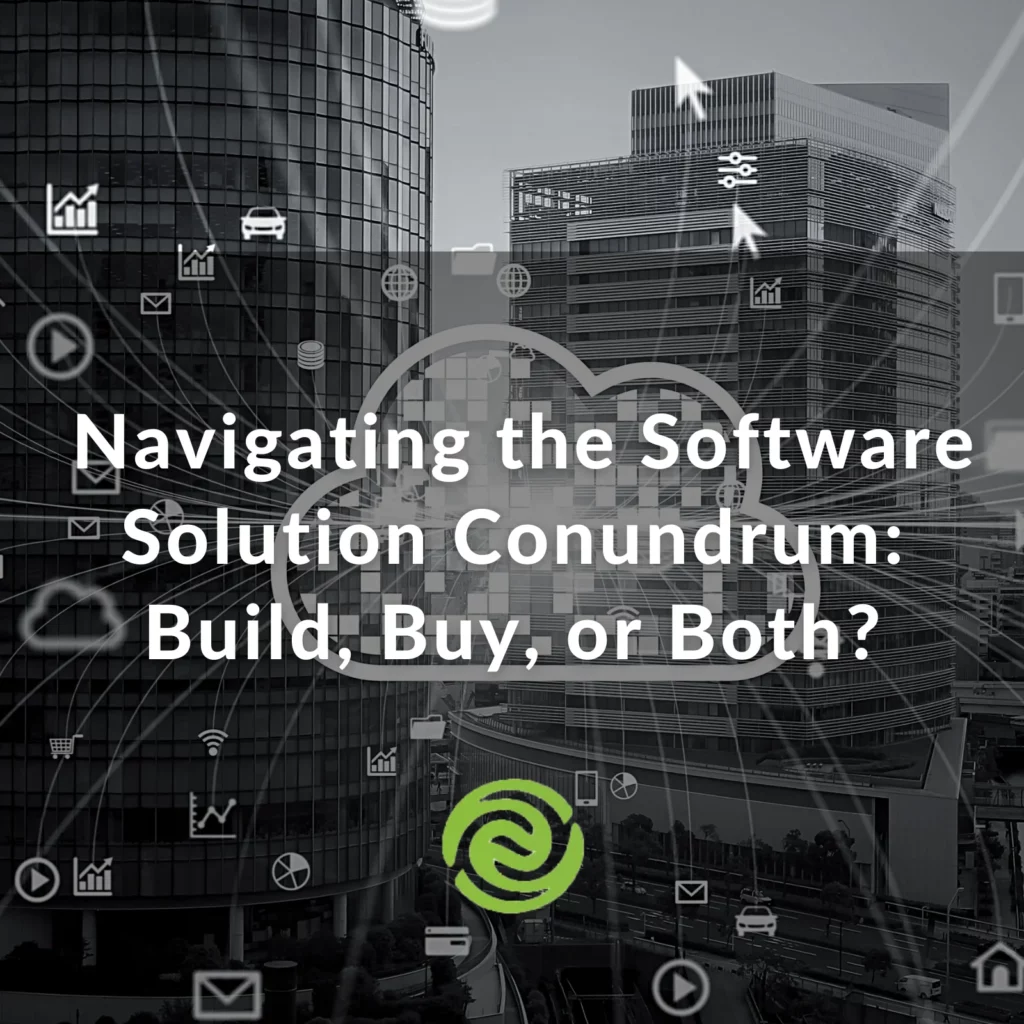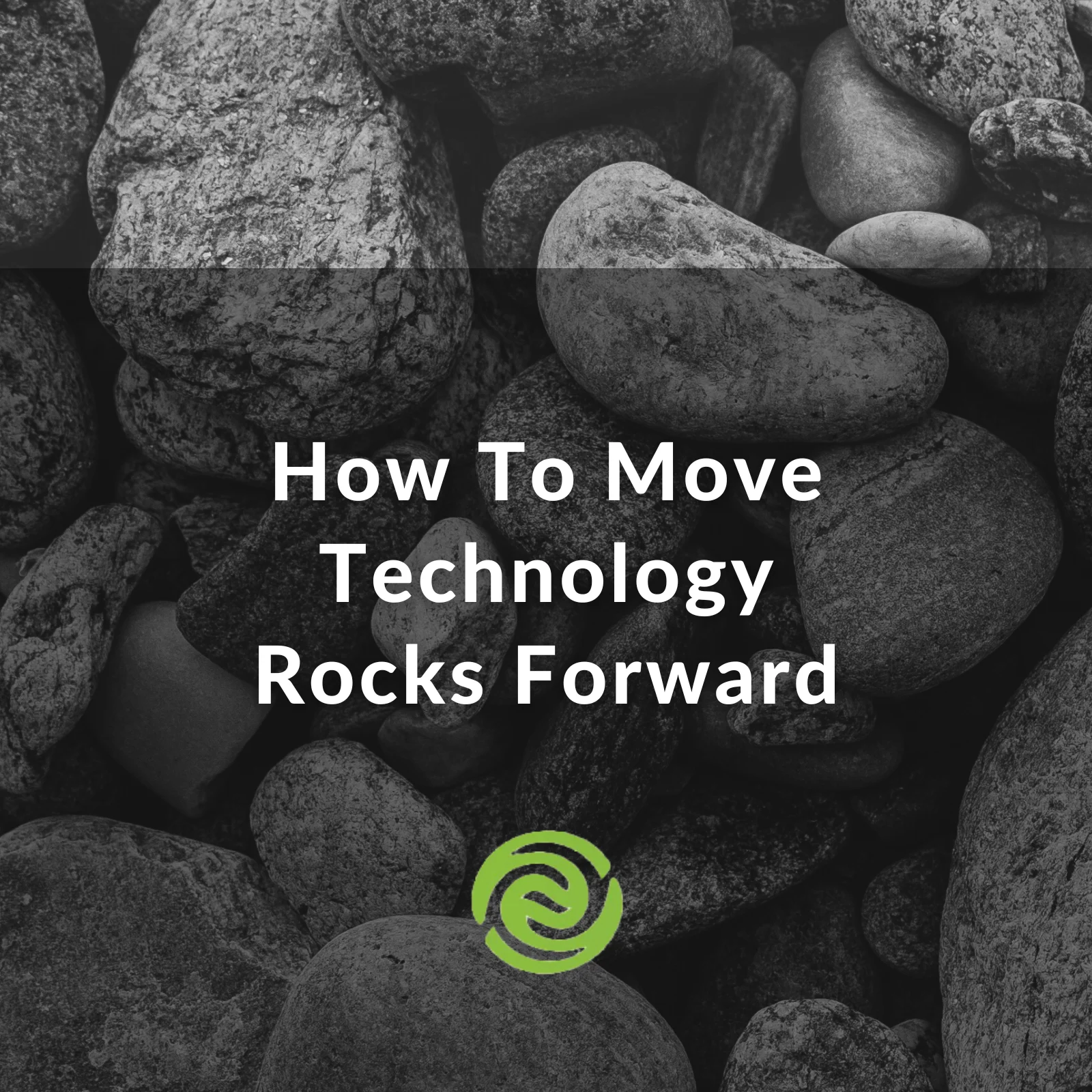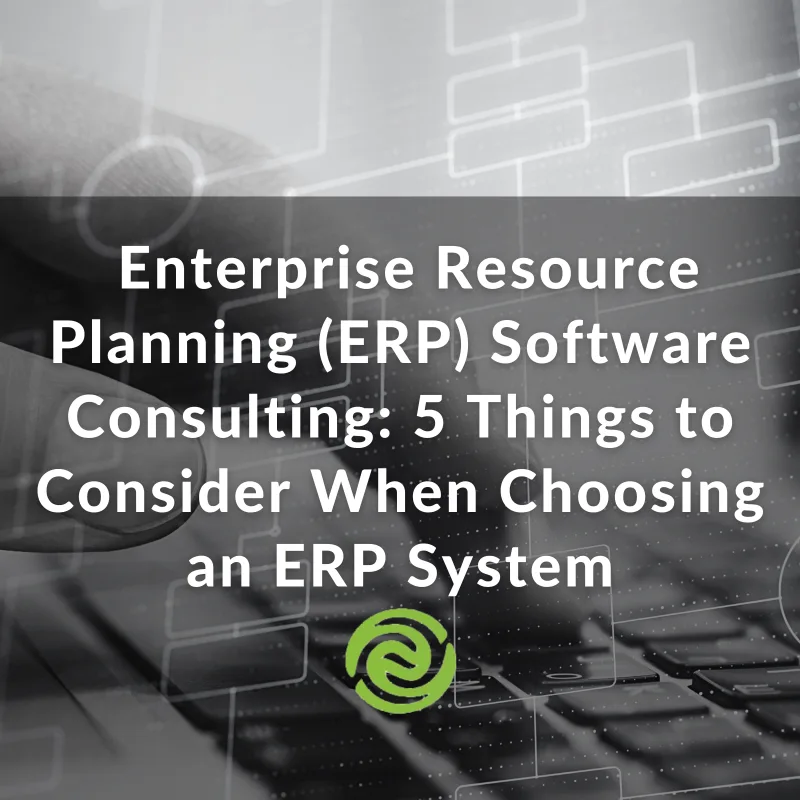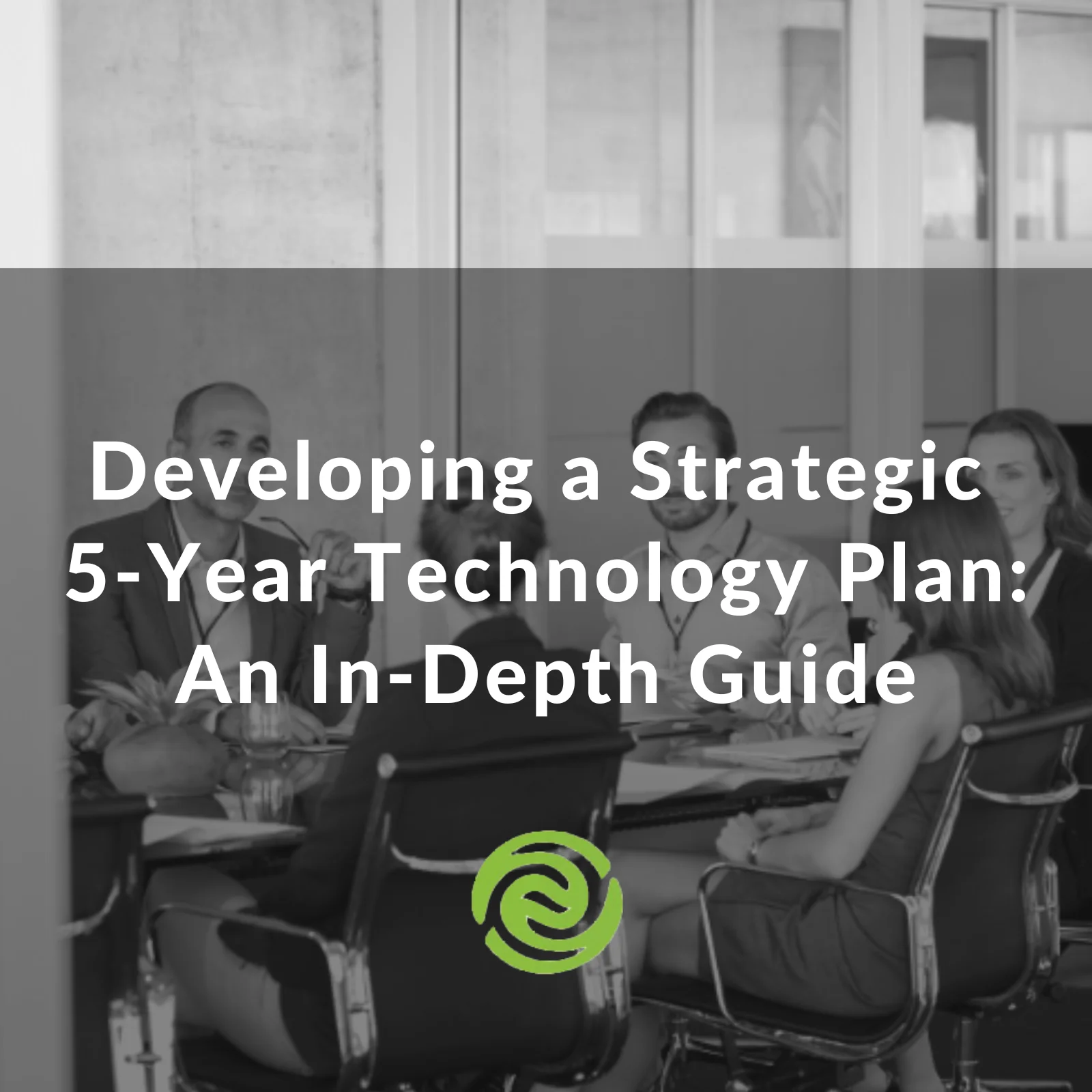A common pain point for many of our prospective clients is the persistent challenge of…
Navigating the Software Solution Conundrum: Build, Buy, or Both?
You’ve reached a point in your business where you have a use case for specialized software to help you solve a specific problem. The question now is whether you should opt for an off-the-shelf solution and possibly customize it to your needs (buy) or create a bespoke solution from scratch (build). There’s one other avenue that people don’t think about: both build and buy! Here’s what to consider when deciding on build vs buy vs both.
When is Building the Way to Go?

Custom software is an involved process and sometimes can be more expensive up front. That being said, custom software gives you exactly what you need, without the cost of all of the bells and whistles that you don’t. There are situations where having your own tailored solution makes a lot of business sense. These include:
- No off-the-shelf solution exists. Nothing out there that does what you need, and existing solutions can’t be adequately customized? Building can be the right choice. (Maybe you also need a custom API so that two parts of your business can talk to each other)
- Market differentiators. Doing things in a way that your competitors don’t, and is a big part of your company’s success? Building your market differentiators into your custom software can be a huge competitive advantage!
- Resource Drain. Constantly training staff and reminding them of how your processes are supposed to run? Custom software can help you integrate your training and processes directly into your business platform
- Your scope is broad. Solving an organization-wide problem that loops in multiple departments and stakeholders and that may involve integrations, iteration and increased business complexity over time? Buying probably won’t suffice.
- You’re pushing to the App Store or a SaaS platform. Launching a web or mobile app to sell/deliver to customers? You need it to be your own – not a tweaked version of an off-the-shelf product.
- App support matters. Using an off-the-shelf solution where product support is dropping off over time? With a custom solution, you own the product, so you’re always in control and in a position that ensures new (and old) versions are supported.
If you have the resources, value fit and focus, and want an end result that perfectly reflects your brand – and needs – building is the right solution for you. But don’t just build because you like the sound of having your “own” thing. Make sure there’s a business use case before embarking down the build path.
When Does Buying a Solution Make Sense?

An off-the-shelf or “point” solution doesn’t have to mean “what you see is what you get.” Generally, these solutions are designed to integrate well with standard systems and can be tailored – at least to some degree – to suit your needs. Buying can be great if:
- You’re on a budget. Initially, buying and customizing a solution tends to be cheaper than building from scratch. It can be a smart way forward for new or growing businesses or departments not yet ready to take the plunge with a full custom build. Keep in mind though that most off-the-shelf solutions have moved to a pay as you go model, so these solutions may be more costly over time.
- Timing matters. Scoping out, designing, building and testing software takes time. If time is of the essence, buying can get you up and running faster before your competitors claim more market share.
- Best practices. If you are looking to take advantage of quickly implementing best practices in your industry, off-the-shelf may be the way to go.
- Regular updates. Most off-the-shelf systems provide regular updates and fixed to their platforms. If you are looking to take advantage of these, this may be the way to go.
- You’re solving a small problem. If your use case is niche and only applies to a handful of internal users within a specific department or function, an off-the-shelf solution can be plenty sufficient.
If you’re dealing with a small problem, a marginal use case, or a challenge well-served by existing off-the-shelf products, buying can be the smart choice. Don’t spend time and resources reinventing the wheel if you don’t need to!
Why Not…Both?

If software isn’t your area of expertise, it can be easy to think you have a use case for a “build” or “buy” situation, but when a software pro runs the numbers, it turns out that the right choice is somewhere in the middle. For example, there may be some elements of your problem that need a custom solution, and others that can be solved with a “plug and play” type option. In today’s world, a “both” solution is an increasingly common one.
Examples where a “both” solution makes sense include:
- Best of breed. Using a “both” approach can help you tie a group of best of breed products together. This may include a combination of custom, off-the-shelf, and integrations to create the perfect platform for your business.
- Legacy systems. Starting anew doesn’t always work from a cost or workflow perspective. If your business runs on a legacy system, a mix of build and buy can help bring your solution up to today’s specs without taking you offline.
- Timing matters. If you’re implementing or taking a solution to market, speed matters. A blend of build vs buy lets you launch your product in a timely manner – without sacrificing when it comes to your tech specs.
- You’re playing the long game. Maybe your goal in time is a fully custom system tailored to the unique needs of your business. But while you’re building out that system, off-the-shelf packages can deliver most of the functionality you need until you’re ready to move on to a new milestone.
- Differing business functions. If your business spans multiple functions and departments, a “both” solution gives you the capacity to serve more complex departments through “build” solutions while also ensuring that the simpler business units are looked after via “buy” solutions.
If a “both” solution is best for you, Swip’s team of expert software consultants let you know after researching your use case and considering budget, timing and future goals. Our proven processes will help you make the smart choice about your software project.
The Bottom Line…It’s more than ‘Either/Or’
Too often, businesses see build vs buy as an “either/or” situation. But in many situations, a mix of both — build and buy — makes sense. Swip’s experts are here to ensure that when it comes to build vs buy vs both, you make the right choice every time. We live and breathe core business systems and enterprise resource planning software, and we can help you define your use case, examine your current and future plans for your software, and map out your ROI over time. We know how to build apps, what solutions and vendors are already out there, what integration looks like, and what kind of technical debt issues you might come across depending on your existing infrastructure. Even if you think you have an open and shut “build” or “buy” case, we’ll help you plan the right solution while taking into consideration budget, timeframe, and flexibility – so that you can make the choice that makes sense for your business.Need some helping making the “build vs buy vs both” call for your manufacturing software solution? Contact Swip today!







